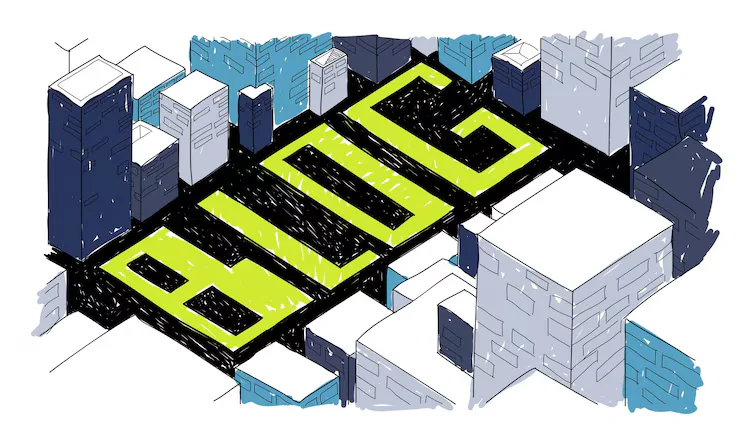Investing in Health: Why Medical Real Estate is Set to Shape the Future

The medical real estate sector is emerging as one of the most promising investment opportunities, driven by the increasing demand for healthcare facilities and the sector’s unique resilience. This article explores the factors that make medical real estate a compelling choice for investors, offering a fresh perspective on how this dynamic field is shaping the future of investment.
The Rising Demand for Healthcare Facilities
The global need for healthcare services is intensifying, fueled by a combination of demographic changes and shifting health priorities. This demand is particularly evident in the need for specialized medical facilities such as hospitals, outpatient clinics, and senior care centers.
Aging Population
One of the most significant contributors to this growing demand is the aging population. According to the World Health Organization, the number of individuals aged 60 and older will double by 2050, rising from 12% to 22% of the global population. This demographic shift places immense pressure on healthcare infrastructure, creating new opportunities for investors to support and benefit from this expanding market.
Rise in Chronic Diseases
The prevalence of chronic diseases, including diabetes, cardiovascular conditions, and respiratory disorders, is another driver of the need for healthcare facilities. The Centers for Disease Control and Prevention (CDC) reports that six in ten adults in the United States live with at least one chronic disease. As a result, the demand for accessible and specialized care facilities continues to grow.
Key Advantages of Medical Real Estate Investment
Investing in medical real estate offers distinct benefits that set it apart from other sectors. Here are the primary advantages that make it a smart choice for 2025 and beyond:
Stability and Resilience
Healthcare is an essential service, which ensures consistent demand for medical facilities. Unlike other commercial real estate sectors, medical properties often feature long-term leases with healthcare providers, resulting in predictable and stable cash flows. This reliability makes medical real estate a particularly attractive option for risk-averse investors.
Recession Resistance
The healthcare sector’s indispensable nature ensures that demand remains steady, even during economic downturns. Healthcare facilities continue to operate and generate revenue regardless of market conditions, making medical real estate a recession-resistant investment.
Tax Advantages
Investors in medical real estate can benefit from various tax incentives, including depreciation deductions and favorable treatment for certain types of healthcare properties. These benefits can significantly enhance overall returns and make the investment more appealing.
Long-Term Growth Potential
As healthcare needs continue to evolve, medical real estate is poised for sustained growth. The ongoing demand for modern and specialized facilities ensures that this sector will remain a cornerstone of stable and profitable investment strategies.
Industry Trends Supporting Medical Real Estate Growth
Recent data underscores the strong performance and potential of medical real estate:
- Investment Growth: In 2020, healthcare real estate investments in the U.S. exceeded $15 billion, according to CBRE Group Inc.
- Occupancy Rates: Senior housing and medical office buildings (MOBs) have consistently outperformed traditional commercial properties in terms of occupancy and rental growth.
- Institutional Interest: Increasing interest from institutional investors has brought additional capital and stability to the sector, further boosting its appeal.
Challenges to Consider
While the prospects for medical real estate are bright, it is essential to be aware of potential challenges:
Regulatory Complexity
The healthcare sector is highly regulated, which can complicate property acquisition and development. Investors must navigate zoning laws, building codes, and compliance requirements specific to healthcare facilities.
High Initial Costs
Developing or acquiring medical properties often requires significant upfront investment due to specialized construction needs and equipment.
Competitive Market
The growing popularity of medical real estate has led to increased competition, which can drive up property prices and limit availability.
A Balanced Approach to Investment
Despite these challenges, the advantages of investing in medical real estate far outweigh the obstacles for well-informed and strategic investors. By focusing on due diligence, market research, and long-term planning, investors can capitalize on the opportunities this sector offers while mitigating risks.
Conclusion: A Future-Ready Investment
Medical real estate represents more than just a financial opportunity; it is a chance to contribute to the development of essential infrastructure that serves communities. The sector’s stability, growth potential, and societal impact make it a unique and attractive addition to any investment portfolio.
As the healthcare landscape continues to evolve, medical real estate is set to play a pivotal role in shaping the future of investment. For those seeking a balanced, resilient, and meaningful avenue for growth, medical real estate offers a pathway to both financial success and positive community impact.
Access private medical real estate investment opportunities ranging from Single medical practice to Medical Villages. Contact Noble CMG today to schedule a personalized consultation.

How using an SIP Calculator daily helps in micro-investing

Access Any Business Platform Worldwide with iTop VPN

How Altify's Enablement Solutions Help Sales Teams Close Deals Faster

AI in Marketing Is No Longer a Buzzword — It’s the Strategy

Srinivasa Rao Challa Champions AI-Powered Financial Systems for a Smarter, Safer Economy

From Towers to Tokens: How Fractional Property Investment is Changing the Game

How to Find High-Potential Land for Sale for Smart Investments

Choose real estate online courses in Georgia and get a booming career.








